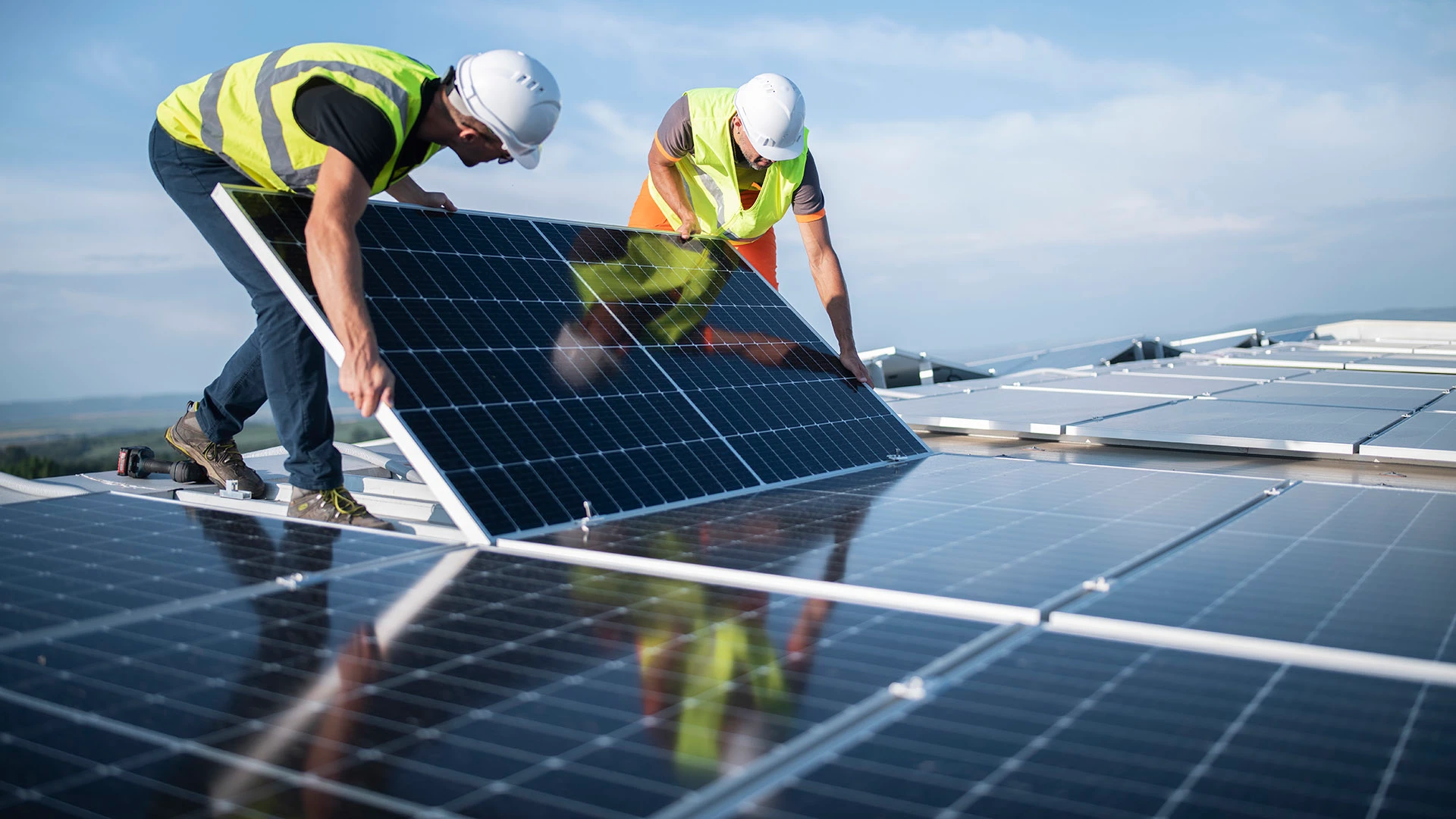Green Building Technology for Modern Infrastructure

The evolution of urban landscapes and increasing environmental concerns have brought green building technology to the forefront of modern construction. By integrating sustainable materials, energy-efficient systems, and innovative design principles, contemporary infrastructure projects are redefining the boundaries of environmental stewardship. This approach not only reduces ecological footprints but also enhances occupant well-being, operational efficiency, and long-term resilience.
Principles of Sustainable Construction
Sustainable construction emphasizes the harmonious interaction between built environments and natural ecosystems. It involves selecting renewable, low-impact materials, optimizing energy consumption, and minimizing waste generation. Architects and engineers prioritize strategies such as passive solar design, advanced insulation, and natural ventilation to reduce reliance on mechanical systems. Additionally, water conservation measures, including rainwater harvesting and greywater recycling, are integral to creating self-sustaining buildings.
Energy Efficiency and Innovative Systems
Modern infrastructure increasingly relies on smart energy systems to achieve high performance. Building-integrated photovoltaics, geothermal heating and cooling, and energy-efficient HVAC systems enable significant reductions in utility consumption. Sensor-driven lighting and automated climate control optimize energy use without compromising comfort. Incorporating these advanced technologies not only curtails operational costs but also aligns with global efforts to mitigate climate change.
Materials and Resource Management
The choice of materials is pivotal in sustainable construction. Recycled steel, bamboo, reclaimed wood, and low-VOC (volatile organic compound) products minimize environmental impact. Material lifecycle assessments guide decision-making, ensuring that every component contributes to durability, recyclability, and minimal carbon footprint. Waste reduction strategies, including modular construction and on-site recycling programs, further enhance resource efficiency.
Green Certifications and Standards
Global frameworks provide benchmarks for evaluating the sustainability of infrastructure projects. LEED (Leadership in Energy and Environmental Design), BREEAM (Building Research Establishment Environmental Assessment Method), and WELL Certification assess energy performance, water efficiency, indoor environmental quality, and innovation. Compliance with these standards signals a commitment to ecological responsibility while offering measurable benefits to stakeholders, tenants, and investors.
Smart Infrastructure and Digital Integration
Integrating digital technologies amplifies the effectiveness of sustainable design. IoT sensors, building management systems, and predictive analytics enable continuous monitoring of energy, water, and air quality. Real-time data allows operators to identify inefficiencies, schedule preventive maintenance, and optimize performance. This convergence of technology and design creates intelligent buildings capable of adapting to dynamic environmental conditions.
Enhancing Indoor Environmental Quality
Human well-being is a central consideration in modern construction. Utilizing natural light, improving indoor air quality, and controlling humidity levels contribute to healthier environments. Biophilic design principles, such as incorporating greenery, natural materials, and visual connections to outdoor spaces, enhance psychological and physiological health. These features not only improve productivity but also reduce absenteeism and enhance occupant satisfaction.
Financial and Economic Advantages
Sustainable infrastructure provides long-term economic benefits alongside ecological gains. Reduced energy consumption, lower water usage, and minimized maintenance requirements decrease operational expenses. Additionally, green buildings often command higher rental rates, attract environmentally conscious tenants, and qualify for tax incentives or government subsidies. Investing in sustainable practices, therefore, offers both immediate and enduring returns.
Urban Planning and Community Impact
Green infrastructure extends beyond individual buildings to influence broader urban development. Integrating sustainable design into city planning enhances transportation efficiency, mitigates urban heat islands, and preserves biodiversity. Public green spaces, permeable surfaces, and stormwater management systems foster community resilience and improve quality of life. Holistic approaches to urban development ensure that environmental, social, and economic considerations are balanced.
Overcoming Challenges in Implementation
Despite clear advantages, adopting eco-friendly practices presents challenges. Higher initial costs, lack of skilled labor, and regulatory barriers can impede widespread implementation. Addressing these obstacles requires collaboration among architects, engineers, policymakers, and investors. Education, training, and incentivization encourage innovation while facilitating the adoption of sustainable methodologies.
Future Directions and Innovations
Emerging trends indicate a growing emphasis on circular construction, net-zero energy buildings, and adaptive reuse of existing structures. Advanced materials, such as self-healing concrete, phase-change materials, and transparent solar panels, promise to revolutionize design possibilities. Integrating renewable energy, AI-driven energy management, and modular prefabrication will further propel infrastructure toward resilience, efficiency, and environmental harmony.
Sustainable construction practices are redefining the very essence of modern infrastructure. By prioritizing energy efficiency, intelligent systems, eco-conscious materials, and human-centered design, cities and developers can create structures that are both environmentally responsible and economically viable. The integration of advanced technologies, thoughtful urban planning, and adherence to global standards ensures that future infrastructure is resilient, adaptable, and aligned with the imperatives of ecological stewardship. Green construction is no longer an option; it is an essential paradigm for a sustainable and thriving built environment.




